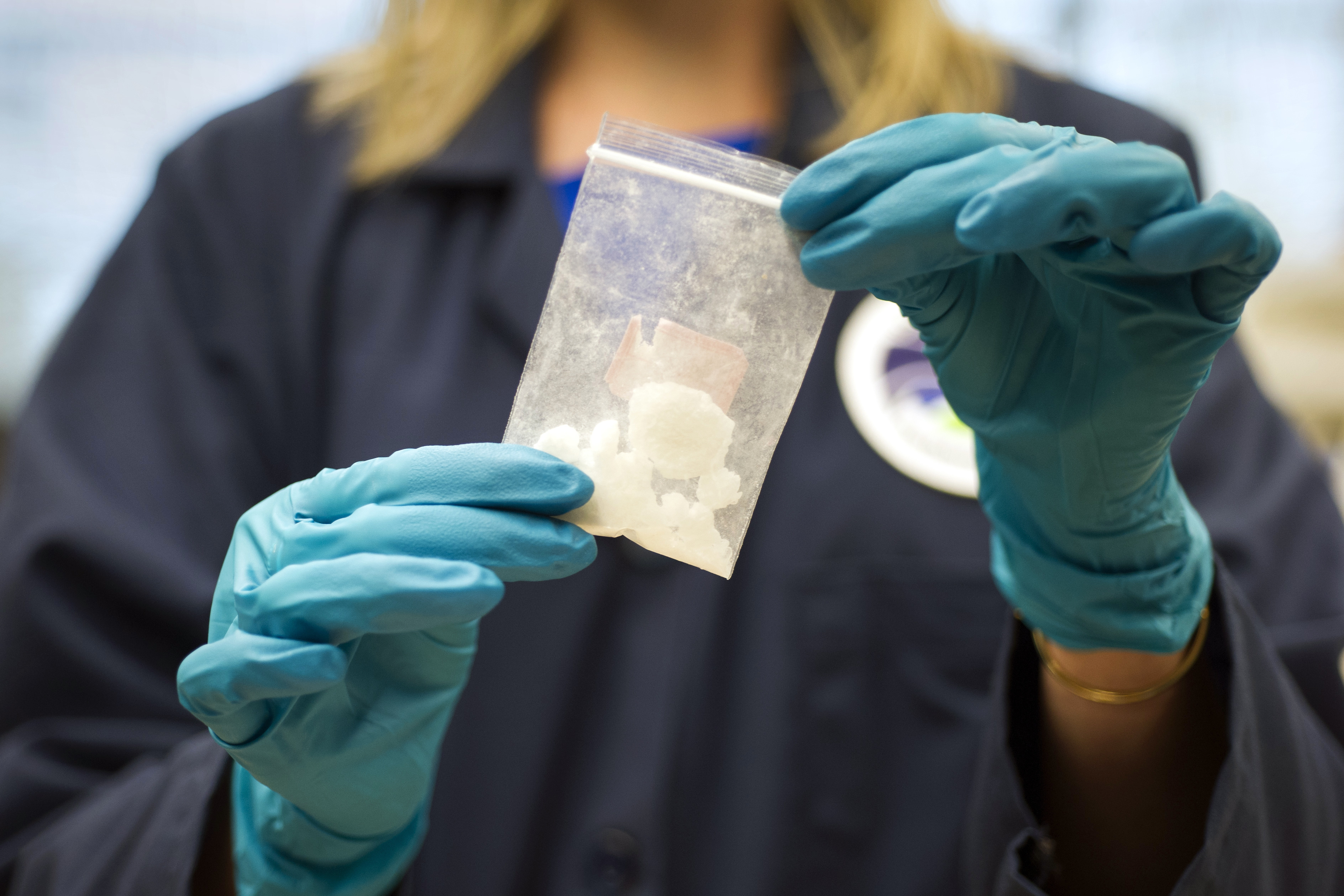Whatever a winter storm ends up dishing out, it’s good to be prepared. Ready.gov has put together a preparedness plan for people in the path of severe winter storms. Here’s what you should know.
Before the Storm
Before the worst of the storm hits, stock up on rock salt, snow shovels and other snow removal equipment to help remove snow and melt ice on walkways. Putting sand down can help improve traction.
If you have a fireplace or wood-burning stove, grab some extra wood or other heating fuel, as you could be stuck in your home for a few days without power.
It's also a good idea to stock up on food, water and medications. Check your stockpiles of essentials like batteries, toilet paper and pet food and test flashlights, battery-powered radios and other tools that might be needed if the power goes out.
While you’re at it, dig out all the old blankets, quilts and sheets you have piled away in case you lose heat.
If you have time, it’s a good idea to make a “Family Communication Plan.” This will ensure that the members of your family can get a hold of one another if you're separated when disaster strikes.
U.S. & World
You can sign up in advance to receive notifications from local emergency services and the National Weather Service. FEMA, the American Red Cross and other organizations have free apps that can provide up-to-date information about shelters, first aid and recovery assistance.
During the Storm
When the storm hits, with wind and snow whirling outside, it’s best to stay indoors and keep warm.
If you have to go out, walk carefully through snow and on icy sidewalks. Avoid getting your clothes wet, as soggy clothing loses all of its insulating power.
Be very careful when shoveling snow. Overexertion can bring on a heart attack, which is a major cause of death in the winter months. To stay safe while shoveling take breaks, push snow instead of lifting it and lift lighter loads.
It’s also important to check frequently for signs of frostbite and hypothermia.
Frostbite is when the skin and body tissue just beneath it freezes. Symptoms of frostbite include loss of feeling and a whitish pale appearance in extremities, such as fingers, toes, earlobes and the tip of the nose. Make sure to cover the exposed skin — but avoid rubbing it — and seek medical help immediately.
Hypothermia occurs when your body reaches a dangerously low temperature. Symptoms include an uncontrollable shivering, memory loss, incoherence, slurred speech, drowsiness, and exhaustion. If you think someone has hypothermia, take his temperature. If it’s below 95 degrees, get medical help immediately. While you’re waiting for help, get the victim to a warm location and remove any wet clothing he’s wearing. Warm the center of his body first by wrapping him in blankets and if he’s conscious give him warm, nonalcoholic beverages.
Don't forget Fido! Pets should be brought inside when the temperatures drop.
Drive only when you must and avoid traveling alone in case you become stranded. Inform others of your schedule — including your destination, route and when you expect to arrive — and travel only on main roads where others will see you if you get in an accident.
Back at home, conserve fuel by keeping your residence cooler than normal and temporarily closing off heat to some rooms. Use blankets and additional layers to keep warm. If you’re using kerosene heaters, make sure that you’ve got plenty of ventilation so that toxic fumes don’t build up and refuel kerosene heaters outside. It's also a good idea to make sure you have a working carbon monoxide detector. Never use a stove or outside cooking equipment like grills or propane heaters indoors.
If the pipes freeze, remove any insulation and wrap them in rags. Then open up all the faucets and pour hot water on the pipes, starting where they’re most exposed.
After the Storm
Once the storm has passed, grab a sled and enjoy the newfound winter wonderland before it melts away into muddy slush! Be sure to protect yourself from frostbite and hypothermia by wearing several layers of warm, loosefitting clothing.
If your home lost power or heat in the storm and it still hasn’t returned, or if you don’t have the supplies you need to stay warm in your home overnight, you may want to stay in a public shelter. You can figure out where the nearest one is by texting “SHELTER” plus your ZIP code to 43362 (4FEMA). Make sure to dress warmly on your way to the shelter and bring anything you might need that night.
After all is said and done, assess how your supplies and family plan worked. If you think they could have been improved in any way, learn from your experience, and plan ahead for the next big one.



